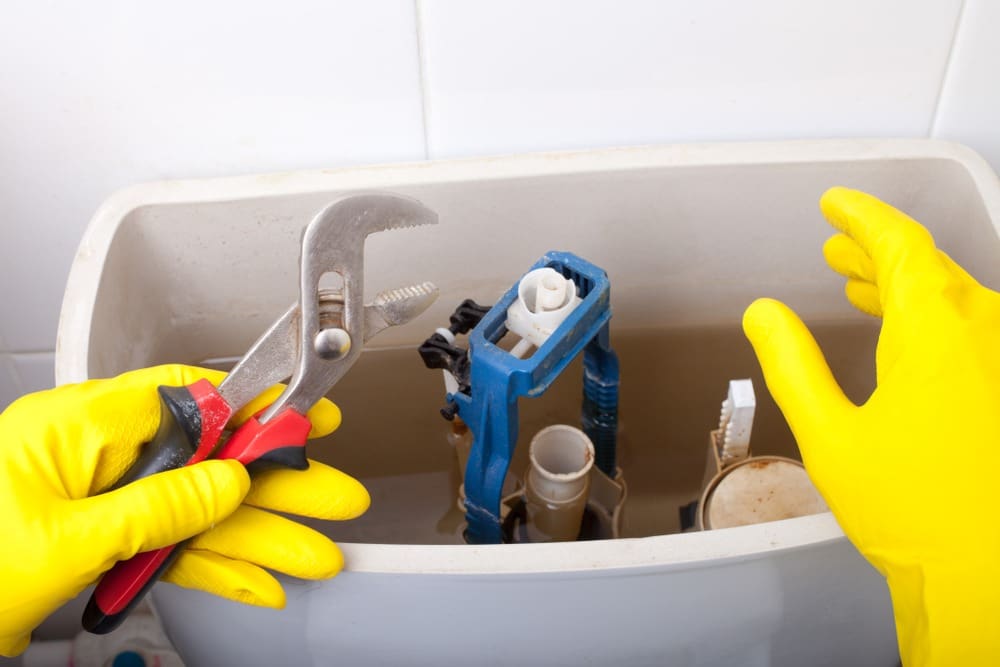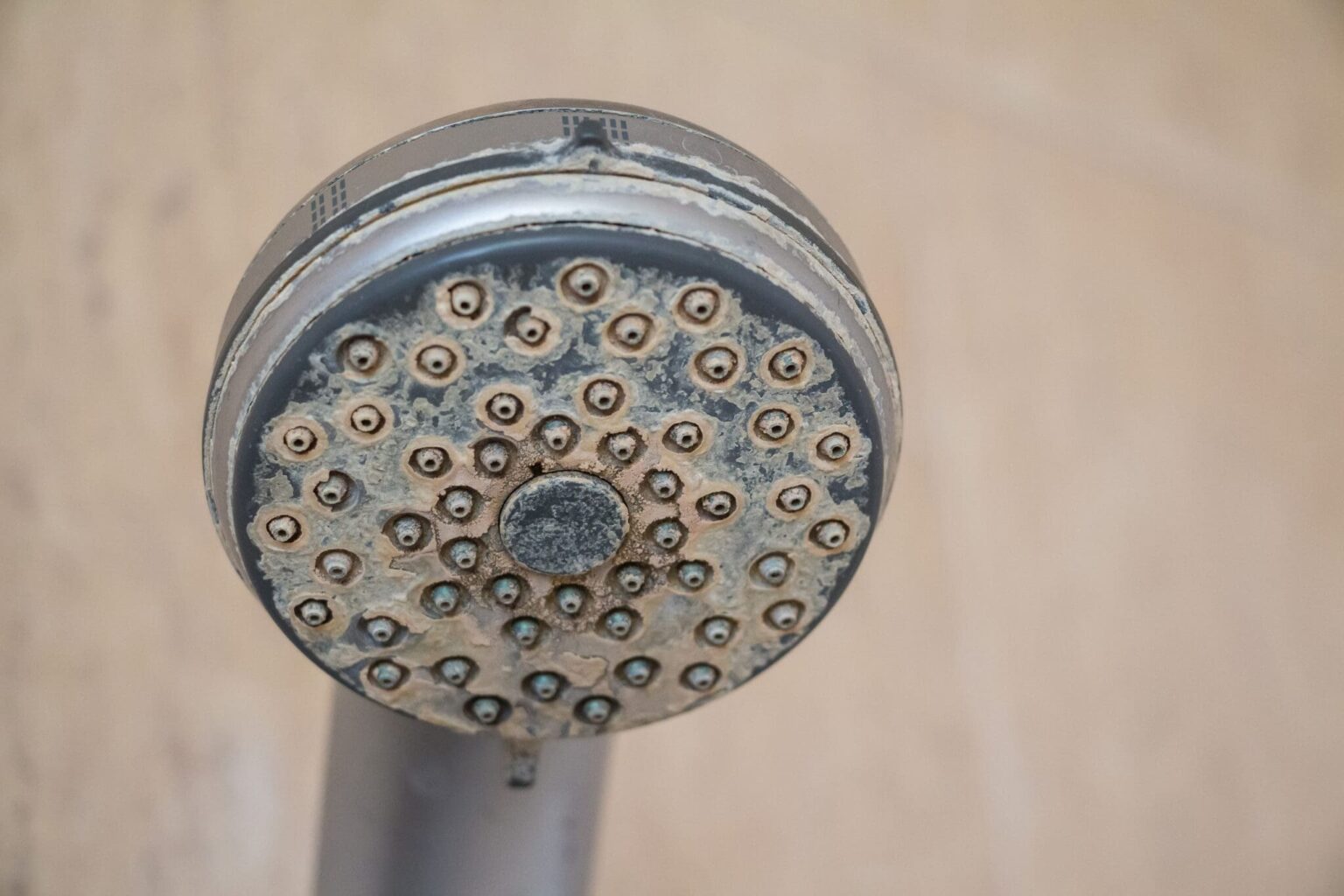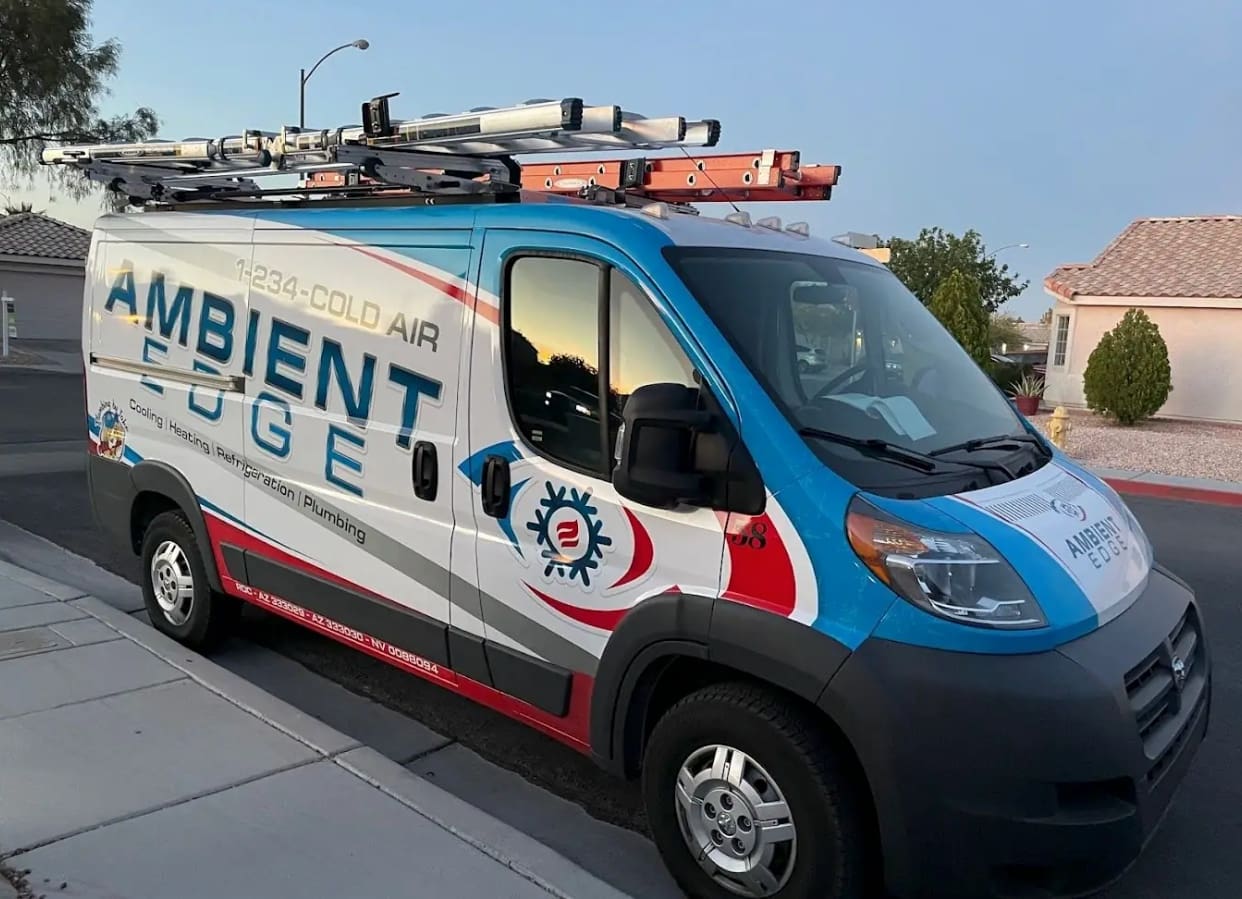VRF, or variable refrigerant flow, HVAC systems are coming into wider use in the United States as more commercial operations are seeing how energy-efficient and cost-effective they are. These systems have been in use in Asia and Europe for decades. The Japanese company Daikin invented the VRF HVAC system in 1982, and today, 90% of all new commercial construction in Japan utilizes this HVAC technology.
While a VRF HVAC system may be used in a large residential application, the variable refrigerant flow technology is most often used in commercial applications.
This is because VRF technology uses one or more rooftop compressor units and multiple indoor air fan coil units, or air handlers. The compressor unit heats and cools refrigerant that it sends through piping to the fan coil units. The fan coils may be controlled independently and simultaneously, meaning they can provide simultaneous heating and cooling in the same space.
This is extremely useful for locations where different portions of a building need to be at consistently different temperatures, or where individuals want the capability to set their own comfort zone.
The most common commercial applications for a VRF HVAC system include:
- Hotels
- Office buildings
- Apartment buildings
- Schools and universities
- Dormitories
- Data centers
- Hospitals
- Manufacturing plants
- Laboratory facilities
- Restaurants
- Some large retail spaces
- Anywhere that requires simultaneous heating and cooling over multiple zones
Whether you are replacing an old and inefficient commercial HVAC system, retrofitting an older building, or determining what HVAC system to use in new construction, a VRF HVAC system is well worth looking into. Call Ambient Edge for more information and a quote.
Why Choose a VRF HVAC System
Besides the main ability to heat and cool simultaneously, there are many other benefits that come with a VRF HVAC system. These include:
Low Noise Level
Some older traditional HVAC systems can make a lot of noise. When the outdoor unit kicks in, or the indoor air handler starts up, it can be distracting. You may even hear noise in the ductwork as it expands and contracts. In contrast, VRF systems are extremely quiet. You can reduce ambient noise inside and outside by installing a VRF HVAC system.
Energy Efficiency
Even the federal General Services Administration (GSA), which is responsible for more than 9,600 buildings or facilities, is interested in the energy efficiency and cost savings that come with a VRF HVAC system.They commissioned a research study in 2012, which you may find of interest if you are considering a VRF system for your building or facility.
Bottom line, VRF HVAC systems use even less energy than some of today’s most efficient standard HVAC systems. The VRF system provides exactly the amount of heating or cooling needed for the current conditions. This means it runs less often and at a lower capacity. The VRF HVAC system also captures the heat that results from the cooling process and reuses it in other areas that require heating.
As an added benefit, some VRF HVAC systems may be eligible for LEED credits.
Compact and Ductless
Most VRF HVAC systems are ductless, and the air handlers are smaller than traditional units. Because of this, a VRF system doesn’t need as much wall and ceiling space. Retrofits of older or historical buildings are particularly good locations for a VRF system because there is no need to add ductwork.
Higher Upfront Cost
One thing to be aware of is a VRF HVAC system will have a higher upfront cost than a standard commercial HVAC system. We can help you run the numbers to see how long the initial investment would take to pay for itself with decreased energy costs.
While there is a higher initial cost, the VRF system has a lower 30‐year life‐cycle cost than a conventional commercial HVAC system.
The GSA did find several optimal situations for opting for a VRF system, including:
- Buildings of 10,000 to 80,000 sq. ft.
- Areas with climates with more extreme temperature changes such as desert locations
- Buildings with many smaller enclosed spaces like office buildings, healthcare, multi-family, lodging, hotels, schools, etc.
There are also mini-VRF systems available for smaller business spaces as well as large custom homes.
Get a Quote on a Multi VRF HVAC System
If a multi VRF HVAC system sounds like a good fit for your facility retrofit or new construction project, call Ambient Edge and we’ll set up an on-site consultation. We can replace an old system, or design and install a VRF system in your new construction. Once we have your project specifications and know your budget, we can recommend a multi VRF HVAC system that meets your needs.





